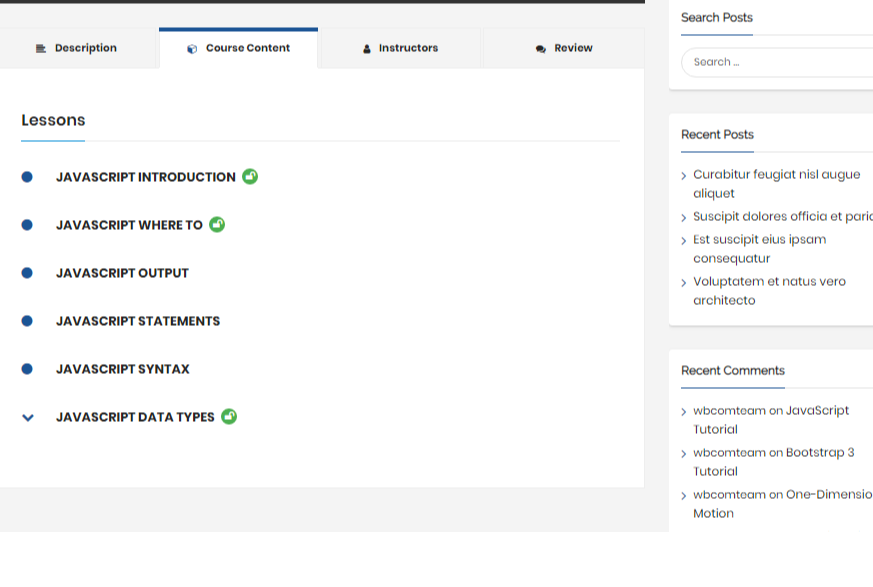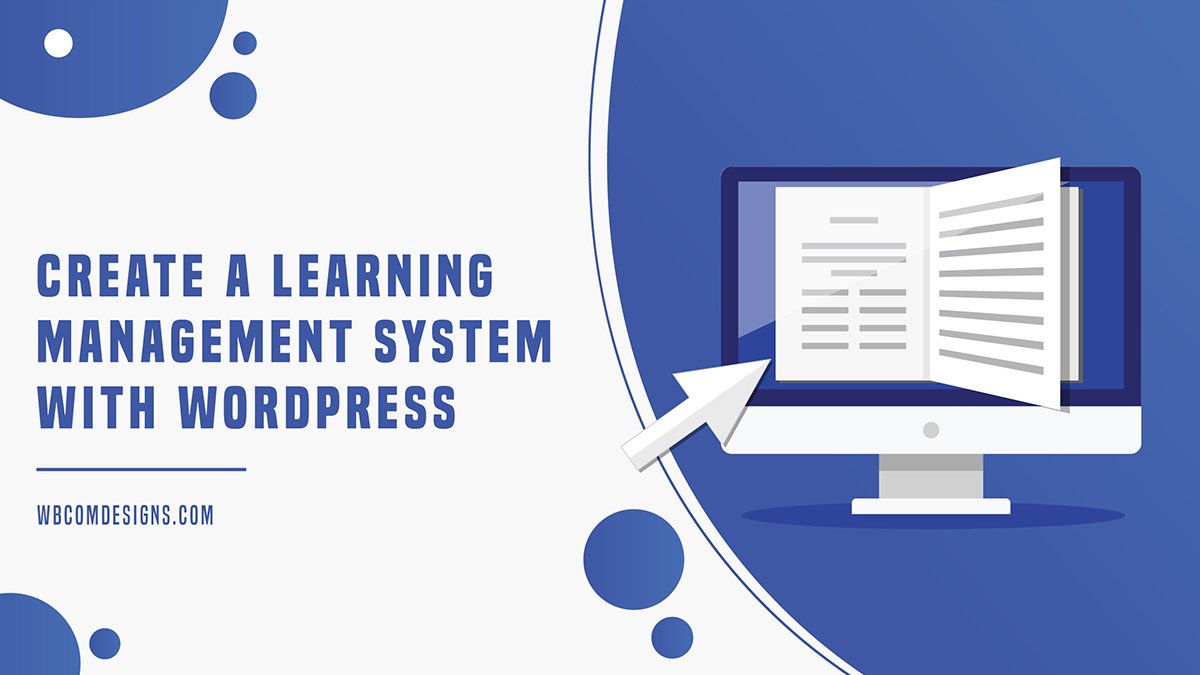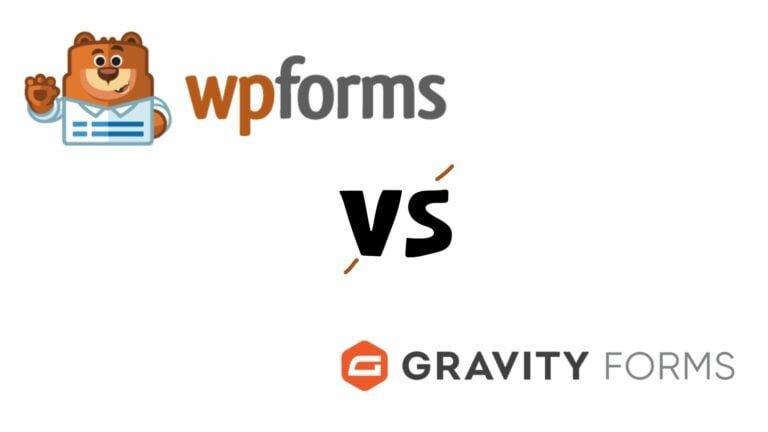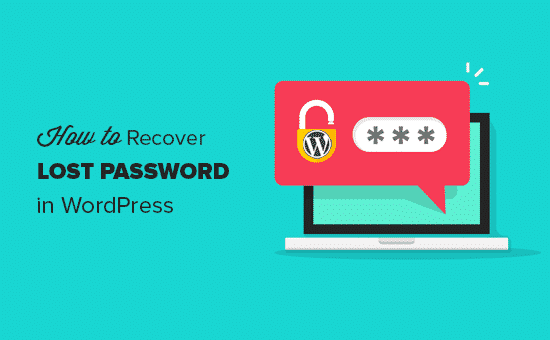Creating Learning Management System
Introduction
If you are a coach or professor, you definitely want to share your intelligence with your students. Not only for professors but also for those who want to train their members with a new skill. What’ll you do for those candidates to whom you can’t reach physically? How will you train them? How will you sell your courses to them? Don’t know, right? Well… Here comes the role of a Learning Management System (LMS) which aims to make your courses available to your desired candidates.
In this guide to building a Learning Management System with WordPress, I’ll help you understand about LMS websites along with and its common features and plugins that you should consider when developing your LMS.
Getting Started with LMS
Improve your students’ or employees potential by providing them with a platform where they can learn new things every day. Before understanding how to build an LMS website, you need to understand what does LMS mean. Let’s dig into deep about the learning management system.
What does LMS mean?
LMS stands for a Learning Management System. As the name suggests, it is a system that delivers different types of education courses or training programs.
Through LMS, it is easy to organize and manage educational and training courses. You can create courses, change them, assign them to students, grade them, and can do many other things from this platform in a more efficient way.
In other words, you may understand this as software that manages-
- the core functionality to create, manage and deliver courses.
- the authentication of users, serving data and notifications.
- the user interface that runs inside the browsers used by administrators, instructors, and students.
Most common uses of LMS
An LMS solves the purpose of creating an e-learning solution. On the other hand, you shouldn’t ignore that it is also an invaluable business tool.
Here are some of the most common uses where LMS helps:
- Employee training
- Employee orientation
- Student’s Education
Which Content Management system you should use?
Not every CMS (content management system) is good for creating an e-learning platform. Rather, you need to choose a system that can best present your course material to your readers. It should be something which you find easy to use and help retain learners.
However, I will recommend you to go with WordPress. Why? Well… the reasons are many. For example, it allows you to use plugins that help you in adding cool functionalities to your site without needing to know how to code. Beyond plugins, WordPress also provides a platform where you can use an insane collection of themes for your site to give it a new style. As compared to other Content Management Solutions, WordPress is more affordable and helps you connect to your favorite third-party tools.
Talking about e-learning websites, WordPress offers the best platform where you can build your dream course selling website along with a social community using various third-party tools. As I’ve already told you earlier, you can not only create but also customize it as per your need and style.
We, at Wbcom Designs, have already helped many clients building an online course selling website on WordPress. They are now able to engage their community with their training programs by adding an eye-catchy style of our “Reign LearnMate” theme We’ve used the best third-party tools like LearnDash, LifterLMS, BuddyPress to make a winning e-learning website for our clients.
Common LMS features that every e-learning website must have
A Learning Management System provides you with several different features that can be used for online training. But, truly speaking, you don’t need to get them all. Prioritize your needs first. Ask yourself what you want to give your learners.
While building a Learning Management System for your organization, the first step that you should take is to list out your requirements.
When you know what actually you want to convey to your readers, then start your search for the options that are available to you.
In this article, I’ve narrowed down some of the common features that all LMS platforms require.
- Course Builder
- Administration
- Categorize courses into sections and lessons
- Drip Content
- Organized Student Dashboard
- Reporting and Analytics
- System Integration
- Social Community
- Monetization system
- Student Engagement System
✧ Course Builder
No LMS software has worth for you if it can’t provide you with the option to create your courses as per your organizational needs. Rather, it’s the primary feature that every LMS must be equipped with.
Talking about Learndash and LifterLMS, we use at Wbcom designs for our clients to build online course selling websites for them, it provides the option to create course categories, lessons, topics, assignments, and quizzes along with multi-tier drag and drop feature.
Know more about LearnDash here
To make it more perfect, we’ve equipped our client’s websites with LearnMate theme that has added a unique and elegant look that they ever wanted to have.
✧ Administration
You can’t ignore the administrative part that every LMS website must have. Whatever LMS you are choosing to build your own online course selling website, just ensure that it is providing you with a robust platform to manage all the processes like email notification process for learner engagement, group management, test expiration, clearing data, assigning grades, and rewards.
✧ Categorize courses into sections and lessons
To make it easy for the learners to grab education, the courses must be categorized into different modules, sections, and lessons. This can help them understand the concept and time period required to complete a particular course from your site.
For example, Learndash has provided the option to divide your courses into lessons and by pairing our LearnMate theme with LearnDash, it has got a perfect look.

So, choose one that can better serve your course content to your readers. Otherwise, they’ll get bored with it.
✧ Drip Content
The best e-learning website must have this feature. Your course lessons must be scheduled in such a way that guide your learners what should they do next.
LearnDash and LifterLMS have made it easy for the organizations to deliver lessons as per scheduled time period.

In this way, you can provide learners a guided learning experience.
✧ Organized Student Dashboard
The students’ dashboard must include an enhanced view of the To Do list. It helps students manage tasks across all their courses. If it is not organized, then your students will not be able to focus on their learning and will find it difficult to track their progress.
And, you obviously wouldn’t like to happen with your learners.
Since we understand the requirements of our clients, we’ve designed the “LearnMate theme” in which we have provided your student’s an organized student’s dashboard that basic LMS features have failed to provide with.

✧ Reporting and Analytics
Who wouldn’t like to monitor his learning progress? As a website owner or a trainer, you will also want to keep track of all the details and data surrounding your platform.
So, keep in mind whatever LMS platform you are selecting to sell your courses, it should provide you with the features of tracking a learner’s progress, their time which they have spent while taking individual quizzes or assignments and all quiz attempts.
Besides, if you choose LearnMate theme in addition with LifterLMS or Learndash plugin, your LMS Dashboard will give you the ability to see detailed data in an attractive and organized way.
✧ Systems Integration
A good LMS system should be such which can integrate into other systems to make it better and functional. No doubt WordPress already has a pretty robust API for third-party integrations.
A well-built WordPress LMS must have the feature to integrate with powerful add-ons. For example, with Learndash, you can integrate your website with WooCommerce, Easy Downloads, Stripe Payment Gateway, BuddyPress, BBPress, and many more.
✧ Social Community
An LMS site without having a robust community is incomplete. It should be such where members can connect and share their learning experiences, their certificates and badges.
For example, we have incorporated BuddyPress into LearnMate theme to provide employees and learners the best community experience. Where they can share their achievements in their Activity Feed, Leaderboards, Reviews etc.
✧ Monetization system
In order to monetize your online courses, your Learning Management System should be integrated with the monetization system. If you ever have gone to Udemy’s site, you have noticed that they are too selling their courses successfully. So can you do!
Integrating LearnDash or LifterLMS with your WordPress site will also provide you with monetization option. You can set one-time purchase, subscriptions, shopping cart, sell course bundles or in whatever way you would like to earn the profit.
The LMS plugins we work with to create e-learning WordPress websites have integrations with the best payment gateways, like PayPal, Stripe, along with the popular eCommerce WordPress plugins like WooCommerce and Easy Digital Downloads.
✧ Student Engagement System
Last but not least, the LMS site you are going to create must-have systems that can grab your audience’s interests. For example, you can upload assignments, add challenging quizzes and exams, reward them with certificates and badges.
In conclusion
I hope you find this article helpful to build a Learning Management System with WordPress. Still, if you want some further help in order to create a well-designed e-learning website for your organization, you can reach us anytime at Wbcom Designs.
We feel delighted to serve you best as per your need and desire!






